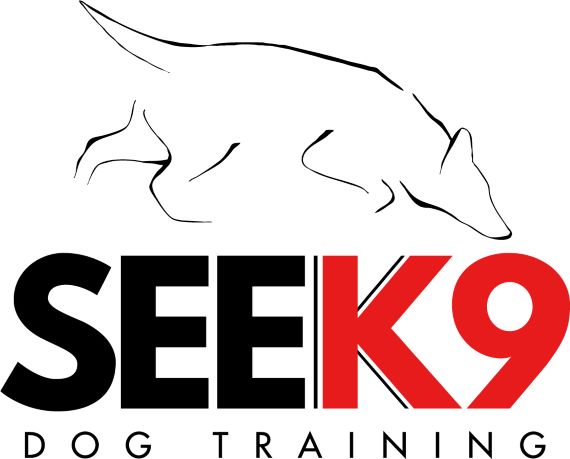
If your dog is always barking at something when he’s with you, then this behavior is classified as reactivity or reactive behavior. Usually it is specific to some category of stimuli such as people or dogs. Naturally, we as owners tend to scold or yell at our dog to try to get them to stop which can further reinforce the behavior. Our dog might think we are also yelling at what they are barking at or at the very least giving our dog some form of attention which can always reinforce behavior. Even pulling on the leash or correcting the behavior might make him feel even more uncomfortable, signaling that we too may be upset at what he is barking at. If you find yourself in this situation often then your dog has some form of reactivity that needs to be addressed through proper training.
When we begin working with a leash reactive dog we have to make sure that we are aware of what he is being reactive towards and try to avoid putting him in situations where he is overwhelmed. A training plan for this behavior involves things such as interrupting, desensitization, and counter conditioning.
Interrupting techniques are a good place to start because these at the very least help prevent the full scale reactions where your dog escalates to the highest level of reactivity. Reactive behavior is progressive, meaning it starts with tense body language, then leads to growling and barking. Interrupting this progression will help to redirect him to something else such as walking away and trying to get him to focus on you instead. Even if your dog keeps trying to focus on the object, if you keep moving eventually you will be at a far enough distance where he will calmly watch the object pass.
Desensitization is when we slowly expose our dog to a specific object or stimuli over time to get them used to being around it. We start small and slowly increase the exposure based on our dog’s progress. For example if our dog is reactive to other dogs, then it’s not the best idea to go right next to a dog park when we first start training. A better idea would be to go during a time when it’s less busy and walk around the perimeter at a distance. The key to proper desensitization is always going to be distance. Dogs are visual learners so the intensity of something is always based on how close it is to them. When you are working closer and closer, remember to keep your dog engaged with you by providing things he finds desirable such as high value toys, treats, running around etc. Keep your sessions short and make sure we don’t push our dog too much to the point where they keep failing. Patience is key with desensitization; it differs depending on the dog.
Counter conditioning is when we try to change the way our dog feels about something. If your dog is reactive to other dogs and barks or lunges when he sees them, it is safe to assume he has some form of anxiety or negative feeling towards them. Our goal with counter conditioning is to change that negative feeling to a more positive one. The way we do this is by consistently pairing something our dog highly values, with seeing another dog (or whatever he is reacting to). For this to work, we must train at a distance that he can handle and will engage with our reward. We also must only give him the reward when he looks at the other dog and not at other times. Consistency is key because in order for him to make the association it must be paired consistently and over a long period of time. Our goal is that after a while he will begin to associate the stimuli with the positive reinforcer we have consistently used!
